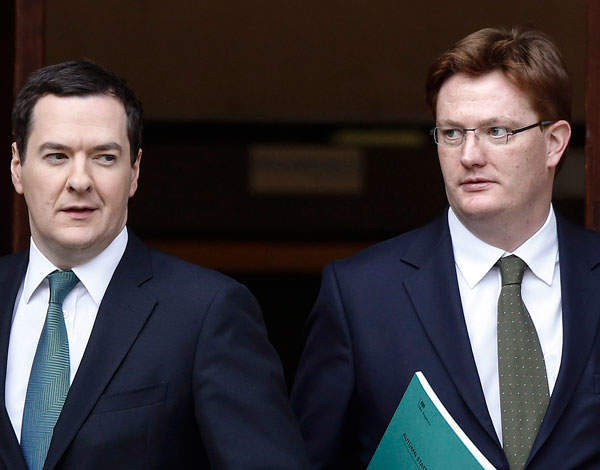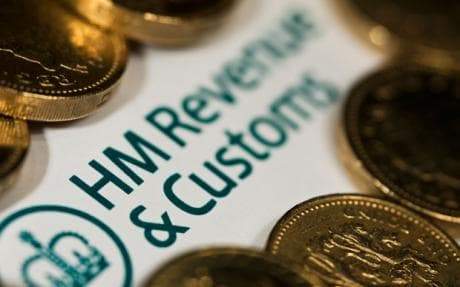

The third in a series of consultations by HMRC on simplifying the calculation of inheritance tax (IHT) charges for trusts has recently closed. Under the current regime, IHT is paid on a relevant property trust’s creation, on any exits from the trust and on the trust’s ten-year anniversaries. This regime was extended significantly as a result of radical changes which were introduced unexpectedly in 2006.
The rationale behind the current series of IHT charges is to replicate a full 40 per cent IHT charge on property in trust once a generation by imposing a charge of up to 6 per cent of the value of the assets in trust every ten years (to replicate the charge which would apply on death if the assets were owned directly).
Currently, each trust has its own tax-free allowance (the nil-rate band) calculated in accordance with a number of factors, including the settlor’s available nil-rate band (currently £325,000) at the date of the trust’s creation. This often gives rise to a disproportionately complex calculation.
So what are the latest consultations getting at? The first consultation document, published on 31 May 2013, sought views on trust charges simplification generally. The second proposed the imposition of a flat 6 per cent rate on trusts in circumstances where the cost of calculating the ten-year charge would exceed the tax at stake. And the third is aimed at ‘fairness’ in the IHT treatment of trusts and proposes a revised model for applying the nil-rate band to relevant property trusts.
However, the introduction of ‘anti-forestalling measures’ which took effect from the date of publication of the consultation and are designed to prevent the creation of a spate of pre-legislation trusts, provided a sting in the tail.
Under the pre-existing regime, it was possible to establish a number of pilot trusts over consecutive days so that each trust had its own nil-rate band, enabling individuals to shelter more than just one nil-rate band’s worth of assets whilst reducing or eliminating liability to IHT.
In the most recent consultation, HMRC suggested that to ‘ensure fairness in the system’, the advantages to the settlor of creating these pilot trusts would be removed and proposed that each individual should have one ‘Settlement Nil-Rate Band’, which can be used in connection with trusts created by will on death or against settlements created during his or her lifetime (or a combination of the two).
If appropriate, this Settlement Nil-Rate Band may be split, in whatever proportions the settlor chooses, across as many settlements as the settlor chooses, up to a personal maximum of £325,000 or whatever the current nil-rate band is.
This Settlement Nil-Rate Band will be separate from and additional to an individual’s person nil-rate band which will remain available for his or her personal property. However, unlike the personal nil-rate band, which is refreshed every seven years, in the proposed system, only if a trust is completed wound up and the assets distributed will that proportion of the Settlement Nil-Rate Band be available again.
If these proposals, which would apply to all trusts (where assets are added) and not just new trusts from 6 June 2014, are implemented, they will mark a seismic shift away from the current system with arguably unintended consequences for the use of trusts as a tool for preserving and passing wealth on to the next generation.
But the point which HMRC seem unwilling to acknowledge expressly or implicitly is that trusts are used for a number of reasons not simply for tax planning (be it mitigation or deferral). Trusts provide a flexible structure for protecting and preserving family assets in a wide range of circumstances – including protection for children who are not yet mature enough to handle finances responsibly and protection from fragile marriages.
The non-tax reasons for the use of trusts remain just as compelling as ever and, with draft legislation expected later this autumn, it is vital that anyone embarking on estate planning pauses to take account of the potentially expensive impact of the proposed changes.
A campaign for tax-neutral trusts seems ever more important as this step seems to provide yet another nail in the coffin for trusts.
Emily O’Donnell is a lawyer specialising in wealth planning at boutique private wealth law firm Maurice Turnor Gardner LLP






